Home>Garden Essentials>How Long For Snap Peas To Germinate
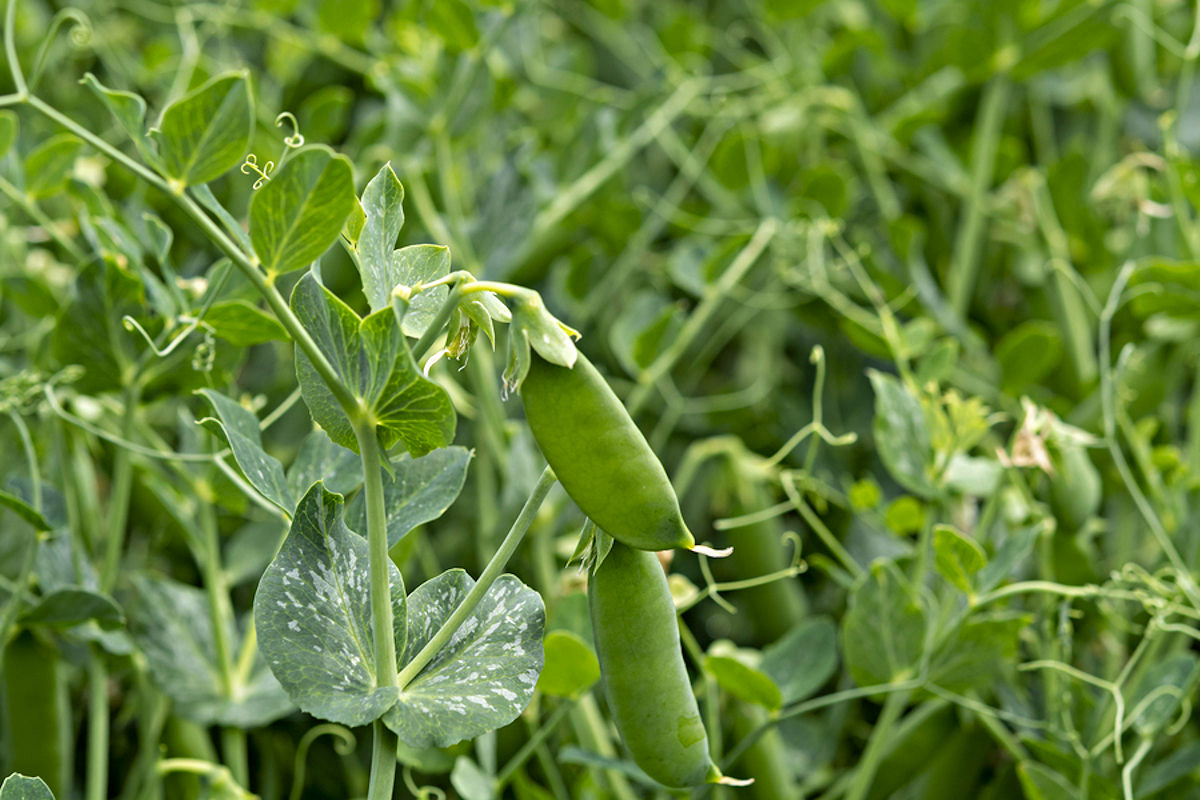

Garden Essentials
How Long For Snap Peas To Germinate
Modified: March 24, 2024
Learn how long it takes for snap peas to germinate in your garden. Get expert tips and guidance for successful pea plant germination.
(Many of the links in this article redirect to a specific reviewed product. Your purchase of these products through affiliate links helps to generate commission for Storables.com, at no extra cost. Learn more)
Introduction
Welcome to the world of gardening! If you’re a beginner or even an experienced gardener, you may find yourself wondering how long it takes for snap peas to germinate. Germination is the process by which a seed sprouts and starts to grow into a plant. Snap peas, also known as sugar snap peas, are a versatile and delicious vegetable to grow in your garden.
In this article, we will explore the fascinating world of snap peas germination and provide you with valuable insights on how to optimize this process. Whether you’re looking to grow snap peas for their sweet crunch in salads or stir-fries, or simply for the joy of watching a seed transform into a thriving plant, understanding their germination time is crucial for a successful gardening experience.
Before we delve into the details, it’s important to note that snap peas belong to the legume family and are a cool-season crop. They thrive in moderate temperatures and can be grown in both the spring and fall seasons.
Now, let’s explore the factors that affect snap peas germination and how to optimize the timeframe for this process.
Key Takeaways:
- Snap peas take about 7 to 14 days to sprout, but factors like temperature and seed quality can affect this. Providing optimal conditions and avoiding common mistakes can speed up the process.
- To speed up snap pea germination, try pre-soaking seeds, providing warmth, using a seed starting mix, and ensuring ample light. Patience is key, and avoiding overwatering and poor soil drainage is crucial.
Read more: How To Store Snap Peas In Fridge
Understanding Snap Peas Germination
Germination is a complex process that involves several factors coming together to activate the seed and initiate growth. Understanding this process is key to successfully germinating snap peas.
The first step in understanding germination is to know the anatomy of a seed. Inside each snap pea seed, there is an embryo, which is the miniature plant in its early stage of development. Surrounding the embryo is the seed coat, which protects the embryo and provides it with nutrients and water until it can establish its own roots.
When the right conditions are met, the seed will awaken from its dormancy and start the germination process. The crucial factors for snap peas germination are moisture, temperature, oxygen, and light.
Moisture is essential for germination as it activates enzymes within the seed, triggering the growth process. The soil or planting medium should be kept evenly moist but not waterlogged. Too much moisture can cause the seed to rot, while too little moisture can lead to unsuccessful germination.
Temperature also plays a vital role in snap peas germination. The optimal temperature range for germination is between 60°F and 75°F (15°C to 24°C). Lower temperatures may slow down germination, while higher temperatures could inhibit it. It’s important to provide consistent and suitable temperatures throughout the germination process.
Oxygen is necessary for the respiration of the growing seedling. Adequate oxygen levels in the soil ensure that the seed and emerging roots receive the oxygen needed for growth. Proper aeration of the soil or planting medium is crucial to avoid suffocating the seed.
Light, on the other hand, is not as crucial for snap peas germination. These seeds do not require light to sprout underground. However, once the seedling emerges from the soil, it needs adequate sunlight to fuel its growth through photosynthesis. Providing the right amount of light is essential for healthy plant development.
Now that we understand the basics of snap peas germination, let’s explore the factors that can influence the time it takes for snap peas seeds to sprout.
Factors Affecting Snap Peas Germination
Several key factors can influence the germination process of snap peas. Understanding these factors is essential for successful seed germination and ensuring optimal growing conditions for your plants. Let’s take a closer look at each of these factors:
Seed Quality: The quality of the snap pea seeds you use can significantly impact germination. Fresh, high-quality seeds have a higher likelihood of germinating successfully. Make sure to purchase seeds from reputable sources.
Moisture: Adequate moisture is critical for seed germination. The soil or planting medium should be kept consistently moist, but not waterlogged. Monitor the moisture levels regularly, especially during dry spells, and adjust watering as needed.
Temperature: Snap peas prefer cooler temperatures for germination, generally between 60°F and 75°F (15°C to 24°C). Extreme heat or cold can delay or inhibit germination. You can use a greenhouse, cold frame, or even a simple row cover to create a more favorable microclimate if needed.
Soil Quality: Well-draining soil that is rich in organic matter is ideal for snap peas. Ensure that the soil is loose and friable to allow the seeds to easily penetrate and establish roots. Avoid heavy clay soils that can retain excess moisture and hinder germination.
Aeration: The roots of snap pea seeds need oxygen to thrive. Ensure that the soil is well-aerated, allowing oxygen to reach the germinating seeds. Avoid soil compaction, which can impede root development.
Weed Competition: Weeds can compete with snap pea seeds for nutrients, moisture, and light, which can hinder germination and overall plant growth. Clear the planting area of weeds before sowing the snap pea seeds and regularly weed around the growing plants.
By considering these factors and creating the optimal growing conditions, you can significantly improve the chances of successful snap pea germination. However, it’s important to note that germination times can still vary based on external factors.
Now that we understand the factors that influence snap peas germination, let’s explore the ideal germination time for these delightful vegetables.
Ideal Germination Time for Snap Peas
The germination time for snap peas can vary based on various factors such as temperature, moisture, and soil conditions. On average, snap peas take about 7 to 14 days to germinate, but this timeframe can be shorter or longer depending on the circumstances.
In cooler spring temperatures, snap peas may take closer to 10 to 14 days to germinate. These cool-loving plants prefer soil temperatures between 60°F and 75°F (15°C to 24°C) for optimal germination. If the temperatures are on the lower end of this range, germination can be slower, whereas higher temperatures may expedite the process.
It’s important to keep in mind that germination time can also be influenced by the quality of the seeds, moisture levels, and soil conditions. Using fresh, high-quality seeds will generally result in faster and more successful germination.
Providing the ideal moisture conditions is crucial for the germination of snap peas. The soil or planting medium should be kept consistently moist but not waterlogged. Checking the moisture levels regularly and watering as needed will help ensure the seeds have the proper environment for germination.
When setting up your garden, it’s recommended to prepare the soil in advance to create optimal conditions for germination. Loosening the soil and incorporating organic matter will improve its structure and drainage. This allows the young roots to access nutrients and establish themselves more easily.
Keep in mind that germination time for snap peas is just the beginning. After germination, the plants will continue to grow, and you can expect them to reach maturity in about 50 to 70 days, depending on the specific snap pea variety you’re growing.
Now that we know the ideal germination time for snap peas, let’s explore some tips for speeding up the germination process.
Snap peas typically take 7-14 days to germinate. To speed up the process, soak the seeds in water for 8-12 hours before planting and keep the soil consistently moist.
Tips for Speeding Up Snap Peas Germination
If you’re eager to see your snap peas sprout and start growing quickly, there are several tips and techniques you can employ to speed up the germination process. Here are some effective strategies:
Pre-soaking the Seeds: Pre-soaking snap pea seeds overnight before planting can help soften the seed coat and encourage faster germination. Place the seeds in a container of room temperature water and allow them to soak for 12 to 24 hours.
Scarification: Some snap pea varieties have hard seed coats that can hinder germination. Gently nicking or scratching the seed coat with a small file or sandpaper can help water penetrate more easily, speeding up the germination process.
Warm Germination Environment: Providing a slightly warmer environment can help accelerate germination. You can use a seedling heat mat or place the seed trays in a warm location, such as on top of the refrigerator or near a heat source (but not directly on it).
Using a Seed Starting Mix: Using a seed starting mix specifically formulated for germination can provide the ideal moisture and nutrient balance for snap peas. This type of soilless mix allows for better aeration and drainage, leading to faster and more successful germination.
Covering with Plastic Wrap: Covering the planted snap pea seeds with a sheet of clear plastic wrap or a humidity dome can create a mini greenhouse effect. This helps to retain moisture and warmth, promoting faster germination.
Watering with Warm Water: Using tepid or slightly warm water for watering can stimulate faster germination. Avoid using hot water, as it can damage the seeds.
Provide Ample Light: Once the snap pea seedlings emerge from the soil, ensure they receive adequate light. Position them in a location that receives at least 6 to 8 hours of sunlight each day or provide supplemental grow lights if growing indoors.
By implementing these strategies, you can encourage faster germination and get those snap peas growing in no time. However, remember that patience is key as germination time can still vary depending on the specific conditions and seed variety.
Now that we’ve covered tips for speeding up germination, let’s take a look at some common mistakes to avoid during the snap peas germination process.
Read more: How To Store Sugar Snap Peas
Common Mistakes to Avoid During Snap Peas Germination
While growing snap peas can be an exciting and rewarding experience, there are a few common mistakes that can hinder successful germination. By being aware of these pitfalls, you can avoid them and set your snap peas up for optimal growth. Here are some common mistakes to steer clear of:
Overwatering: One of the most common mistakes is overwatering the snap pea seeds. While moisture is essential for germination, excessive water can lead to rotting and fungal diseases. Maintain a consistent level of moisture in the soil, ensuring it is damp but not saturated or waterlogged.
Poor Soil Drainage: Snap peas prefer well-draining soil. Poor drainage can cause the seeds to become waterlogged and promote root rot. Amend heavy clay soils with organic matter to improve drainage and create a looser soil structure.
Planting Too Deep or Too Shallow: Planting snap peas seeds incorrectly can hinder germination. Plant the seeds at a depth of about an inch (2.5 cm) into the soil. Planting too deep may prevent the seedling from emerging, while planting too shallow can expose the seeds to unfavorable conditions.
Planting in Cold Soil: Snap peas prefer moderate temperatures for germination. Planting the seeds in cold soil can delay or hinder the germination process. Wait until the soil has warmed to the optimum range of 60°F to 75°F (15°C to 24°C) before sowing the seeds.
Ignoring Light Requirements: While snap pea seeds do not require light to germinate, once the seedlings emerge, they need adequate light for healthy growth. Planting them in a location that receives ample sunlight or providing sufficient artificial lighting is crucial for their development.
Skipping Soil Preparation: Neglecting to prepare the soil before planting snap peas seeds can hinder germination. Proper soil preparation involves loosening the soil and incorporating organic matter to improve its structure, nutrient content, and drainage.
Not Labeling Seed Trays: Failure to label seed trays can lead to confusion, especially when growing different varieties. Label each tray with the snap pea variety and planting date to keep track of germination progress and plant growth.
Planting Old or Low-Quality Seeds: Using old or low-quality snap pea seeds can result in poor germination rates. It’s recommended to purchase fresh seeds from reputable sources. Check the expiration date on the seed packet and store unused seeds properly for future use.
Avoiding these common mistakes will increase the likelihood of successful snap pea germination and set the stage for healthy plant growth. Remember to provide optimal growing conditions and follow best practices.
Now that we’ve covered the common mistakes, let’s conclude our discussion.
Conclusion
Growing snap peas from seed is a rewarding gardening experience that starts with the germination process. By understanding the factors that influence snap peas germination, you can create the ideal conditions for successful growth. Moisture, temperature, oxygen, and light all play crucial roles in the germination process.
Ideally, snap peas take about 7 to 14 days to germinate, but this timeframe can vary depending on various factors. Factors such as seed quality, moisture levels, temperature, soil quality, and light exposure can all impact the germination time. By providing the right conditions and avoiding common mistakes, you can speed up the germination process.
To speed up snap peas germination, consider pre-soaking the seeds, scarifying the seed coat, providing a warm germination environment, using a seed starting mix, covering with plastic wrap, using warm water for watering, and ensuring ample light exposure. These techniques can help facilitate faster and more successful germination.
However, it’s important to exercise patience during the germination process, as external factors and seed variety can still influence germination time. Take care to avoid common mistakes such as overwatering, planting too deep or shallow, neglecting soil preparation, and using old or low-quality seeds.
With proper care and attention, snap peas will germinate and emerge as healthy seedlings. From there, they will continue to grow and provide you with a bountiful harvest of delicious, crunchy pods.
So, whether you’re a seasoned gardener or just starting on your green thumb journey, follow these tips and techniques for successful snap peas germination, and enjoy the satisfaction of growing these delightful vegetables in your own garden.
Happy gardening!
Frequently Asked Questions about How Long For Snap Peas To Germinate
Was this page helpful?
At Storables.com, we guarantee accurate and reliable information. Our content, validated by Expert Board Contributors, is crafted following stringent Editorial Policies. We're committed to providing you with well-researched, expert-backed insights for all your informational needs.
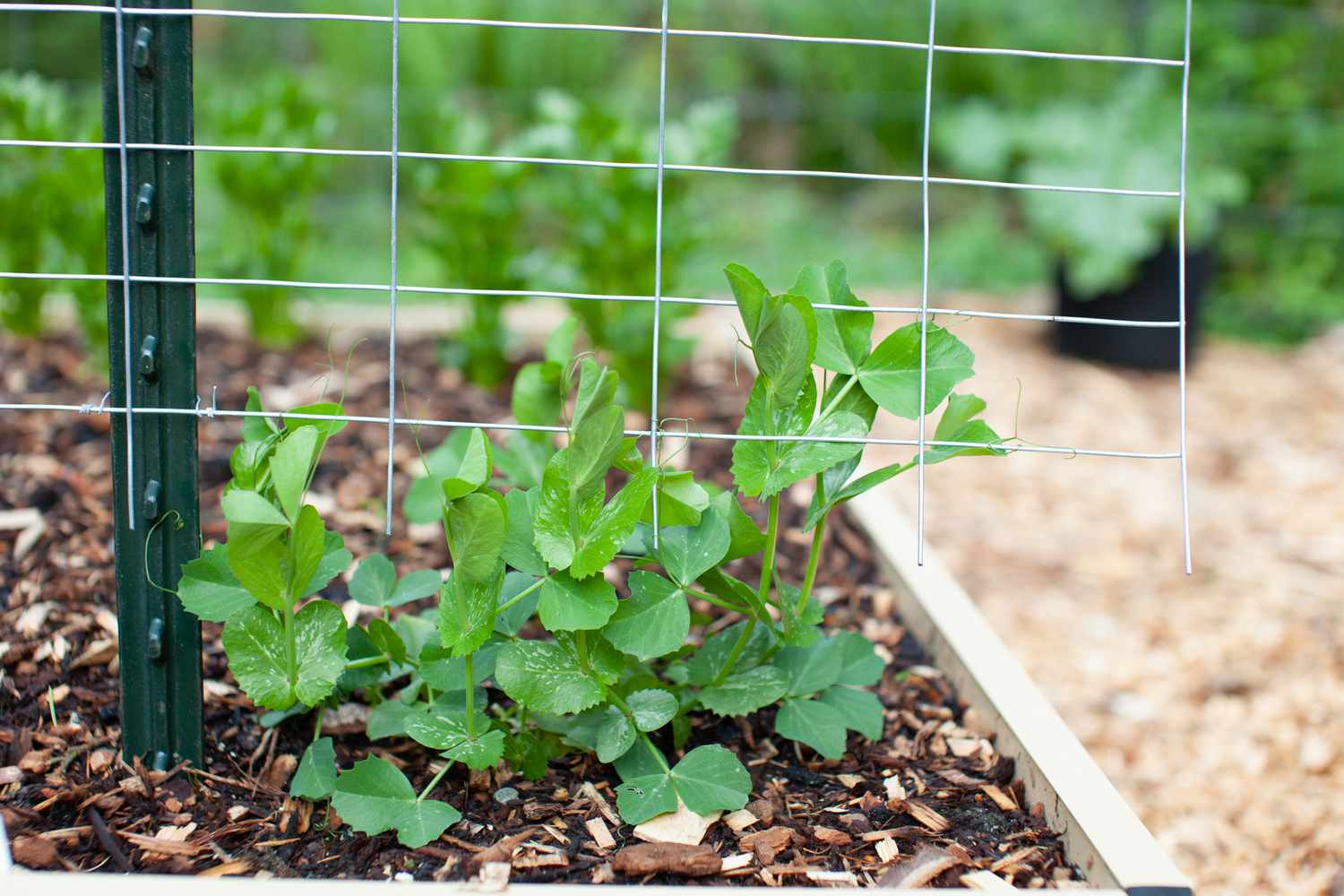
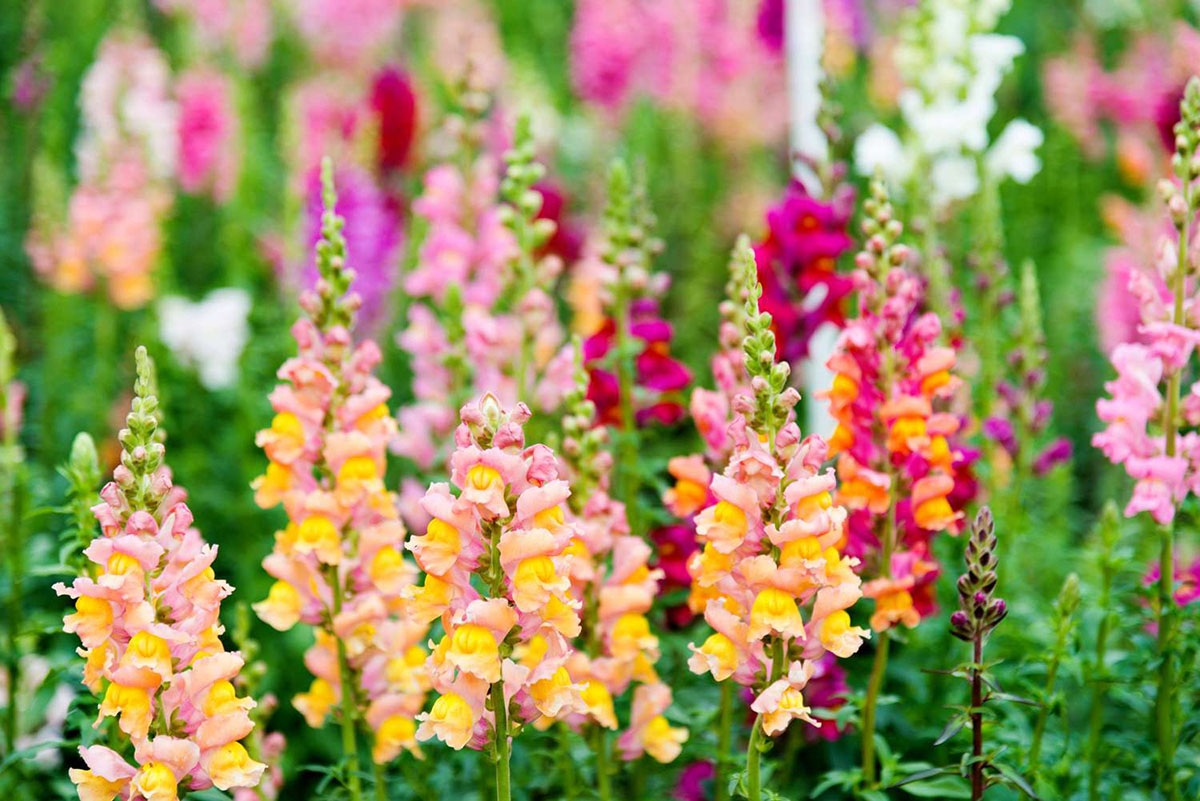
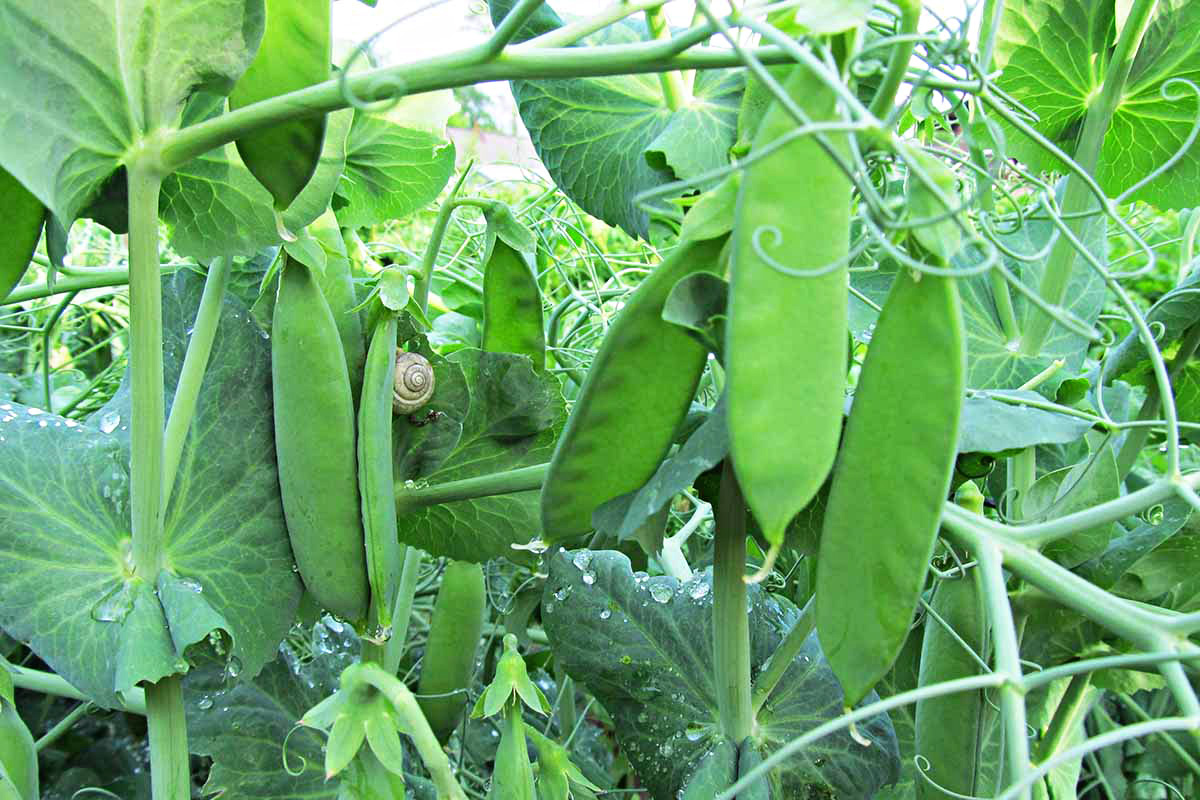
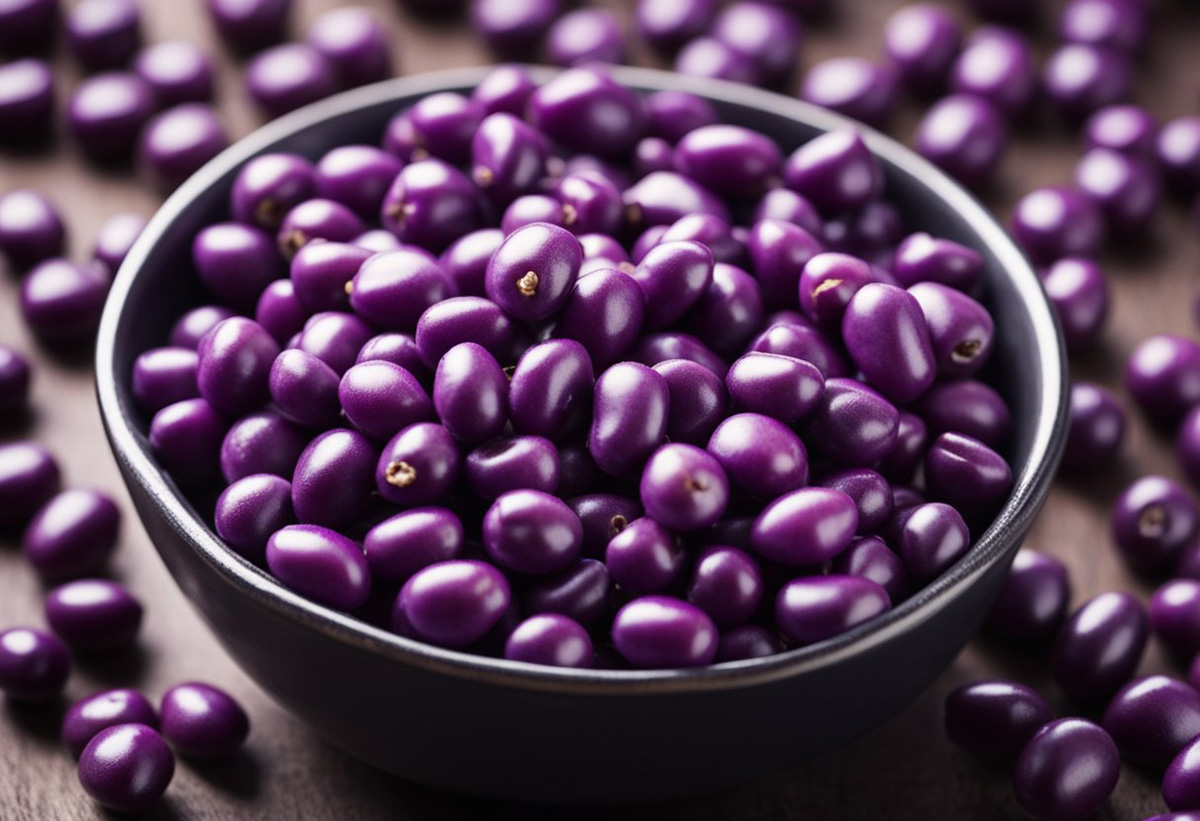
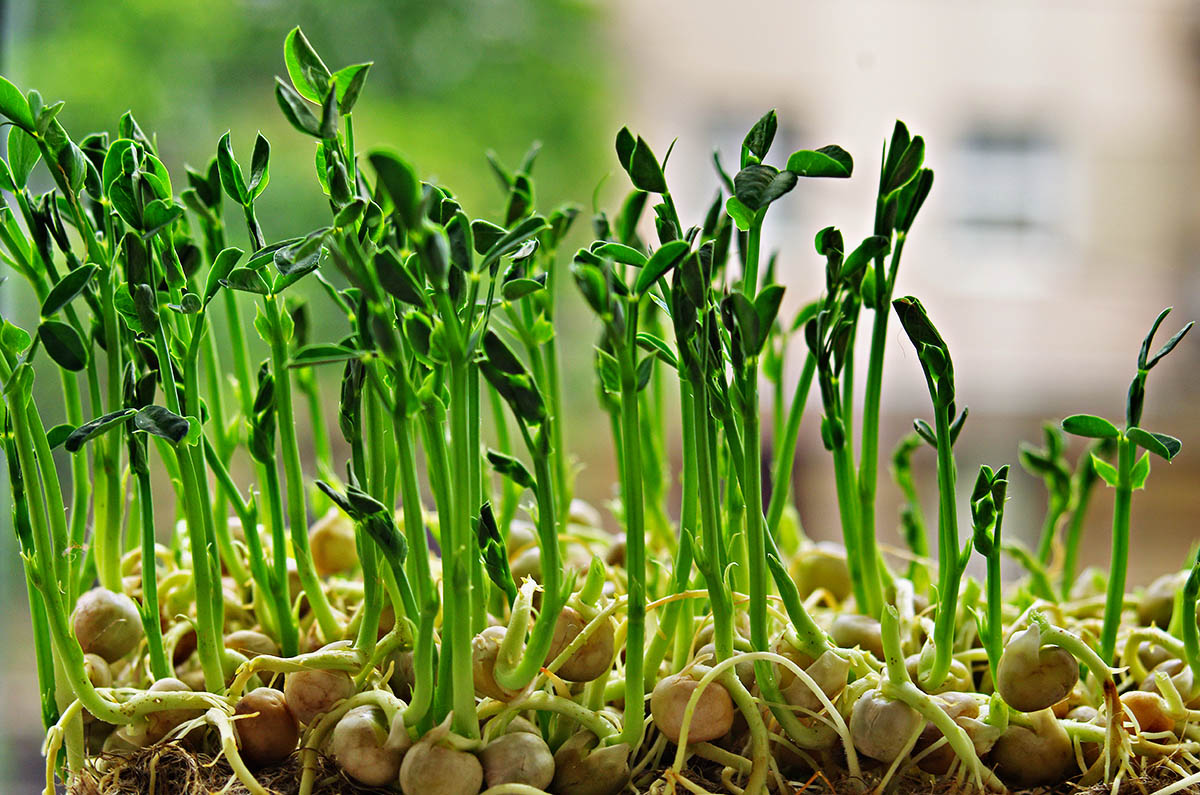
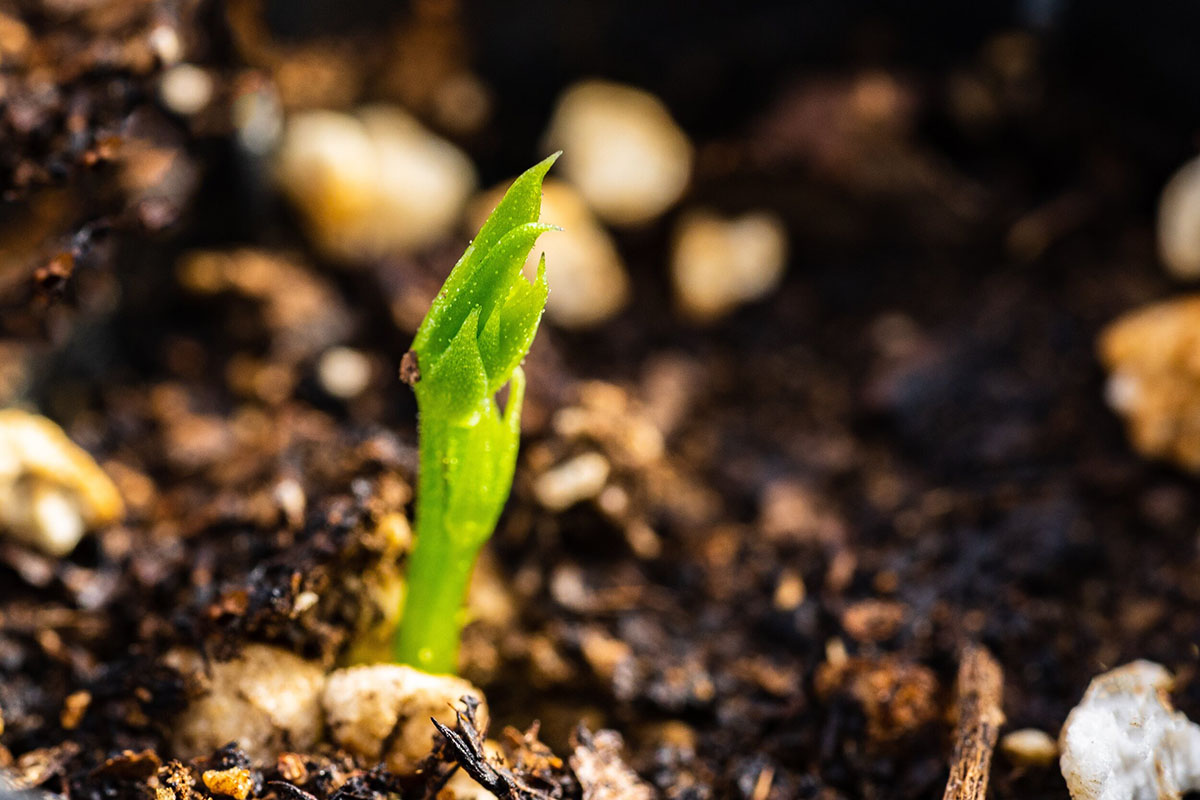
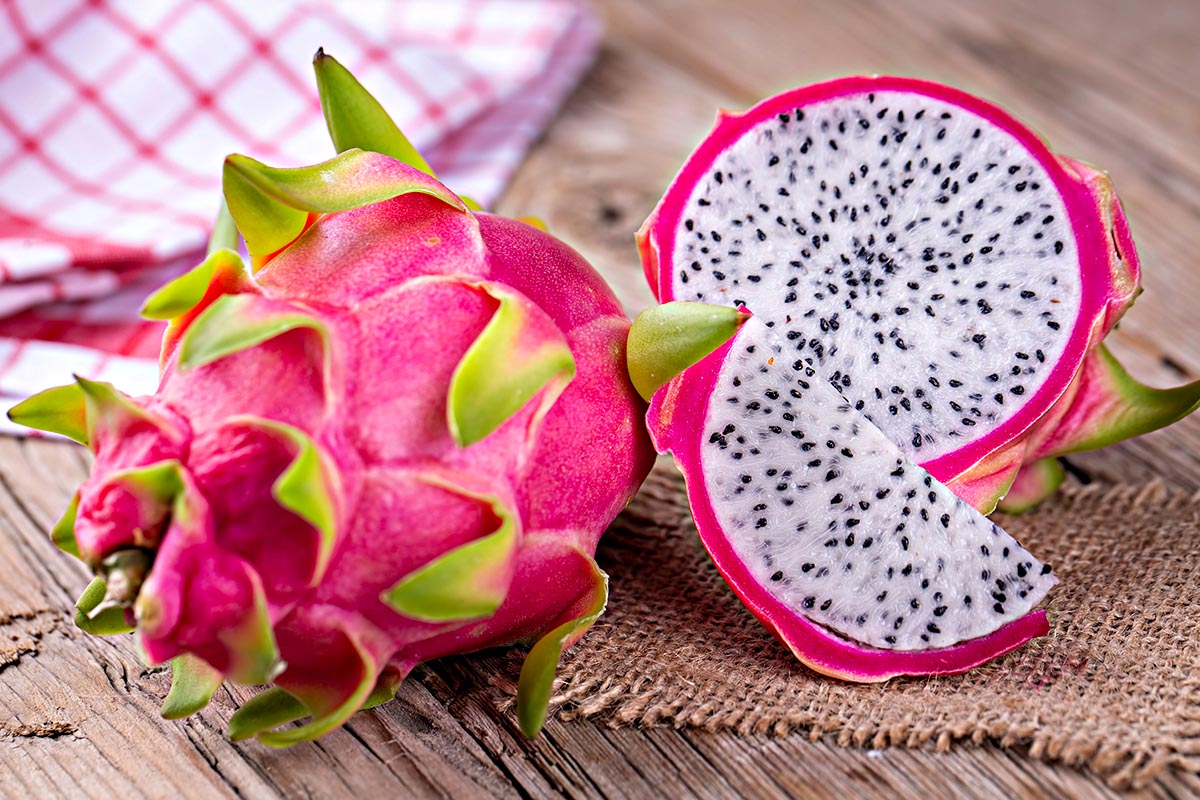
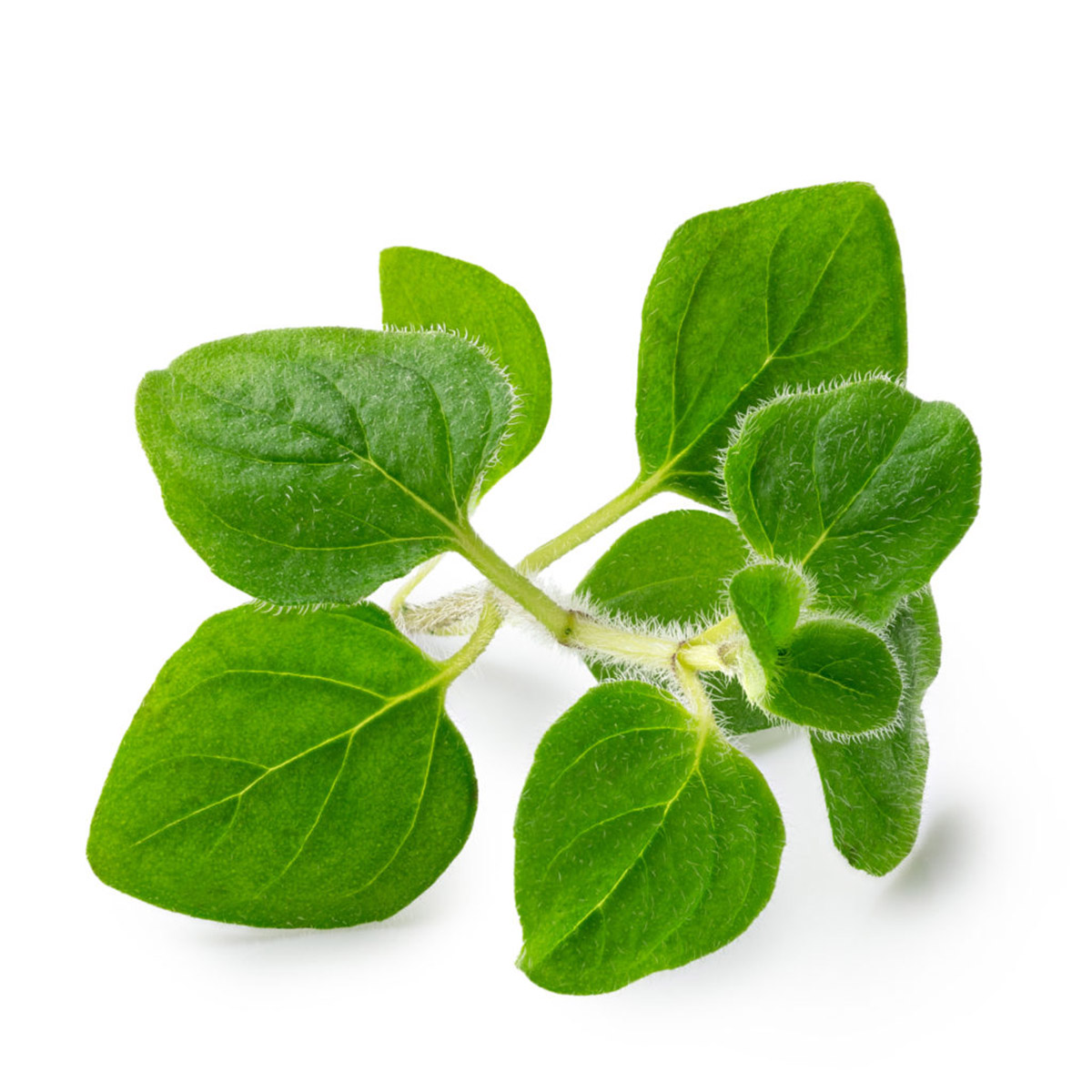
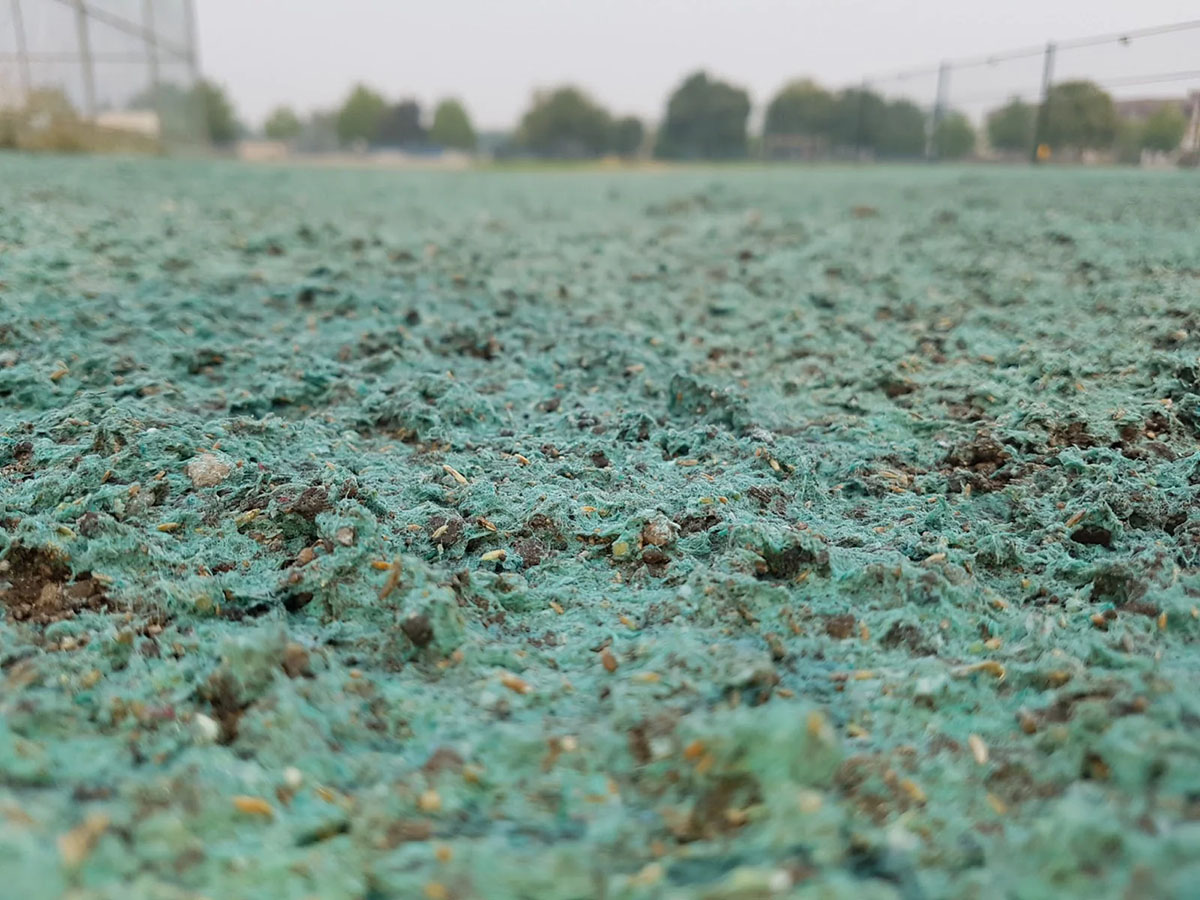
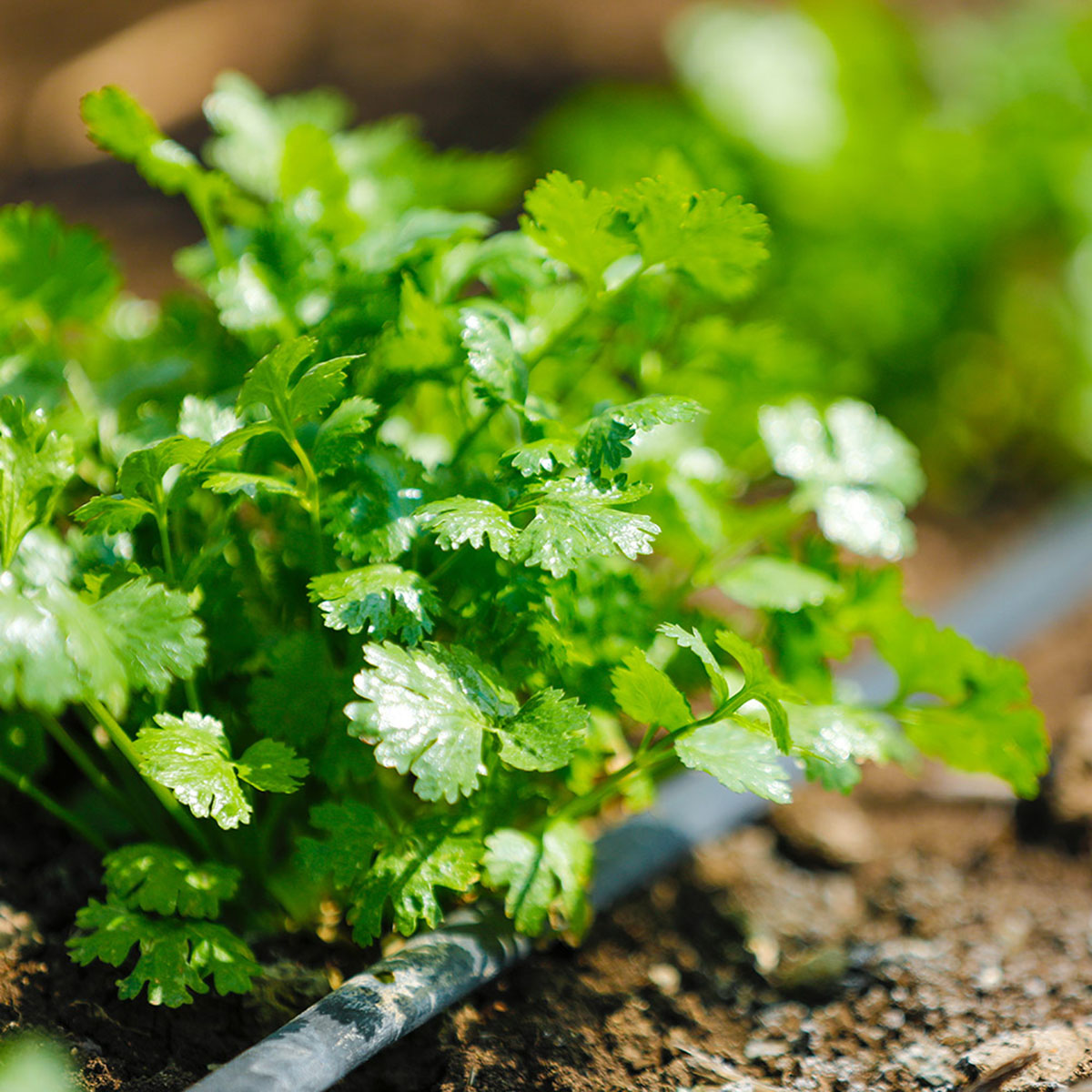
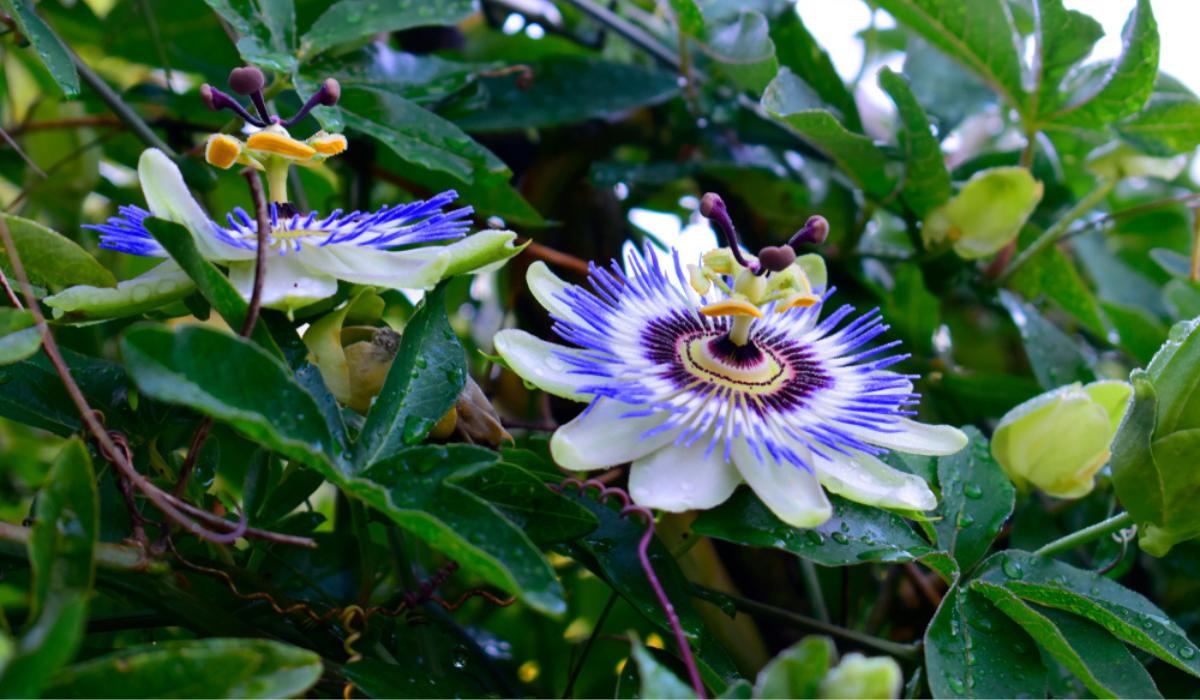
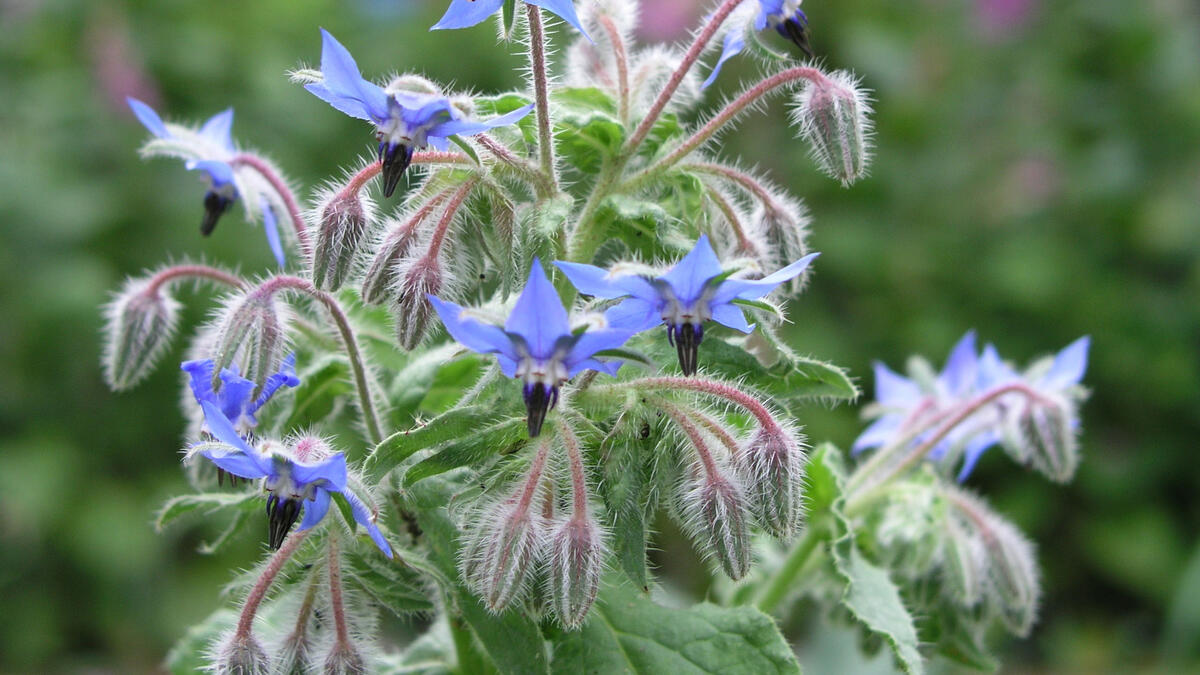
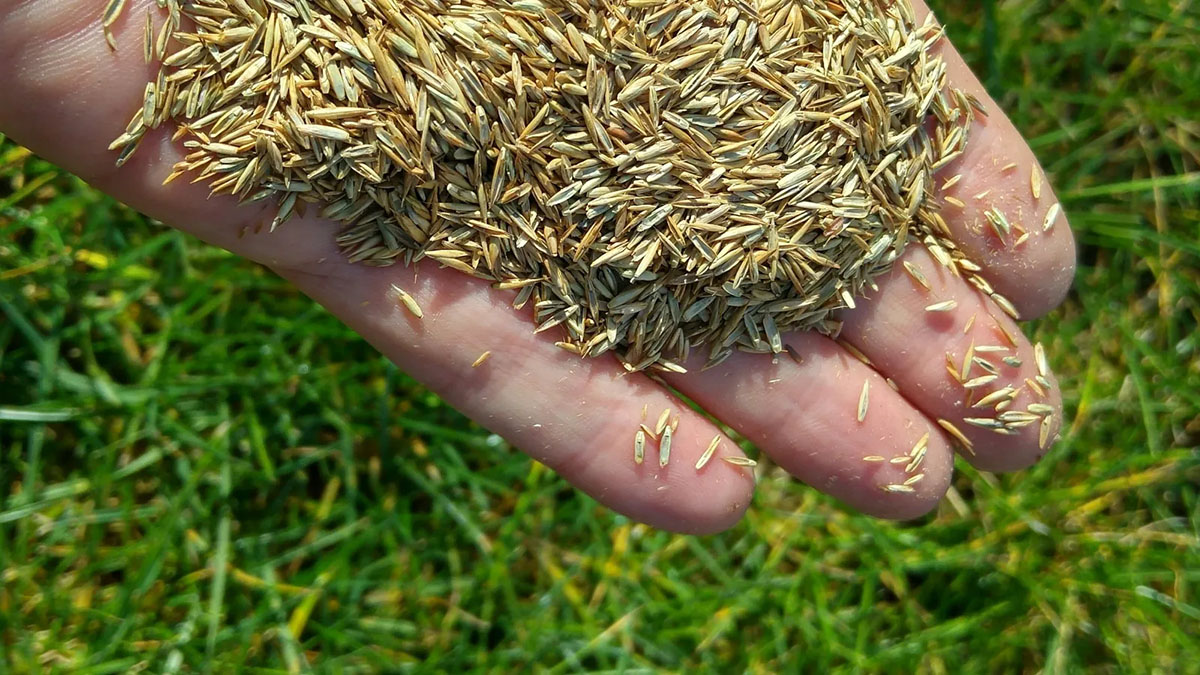
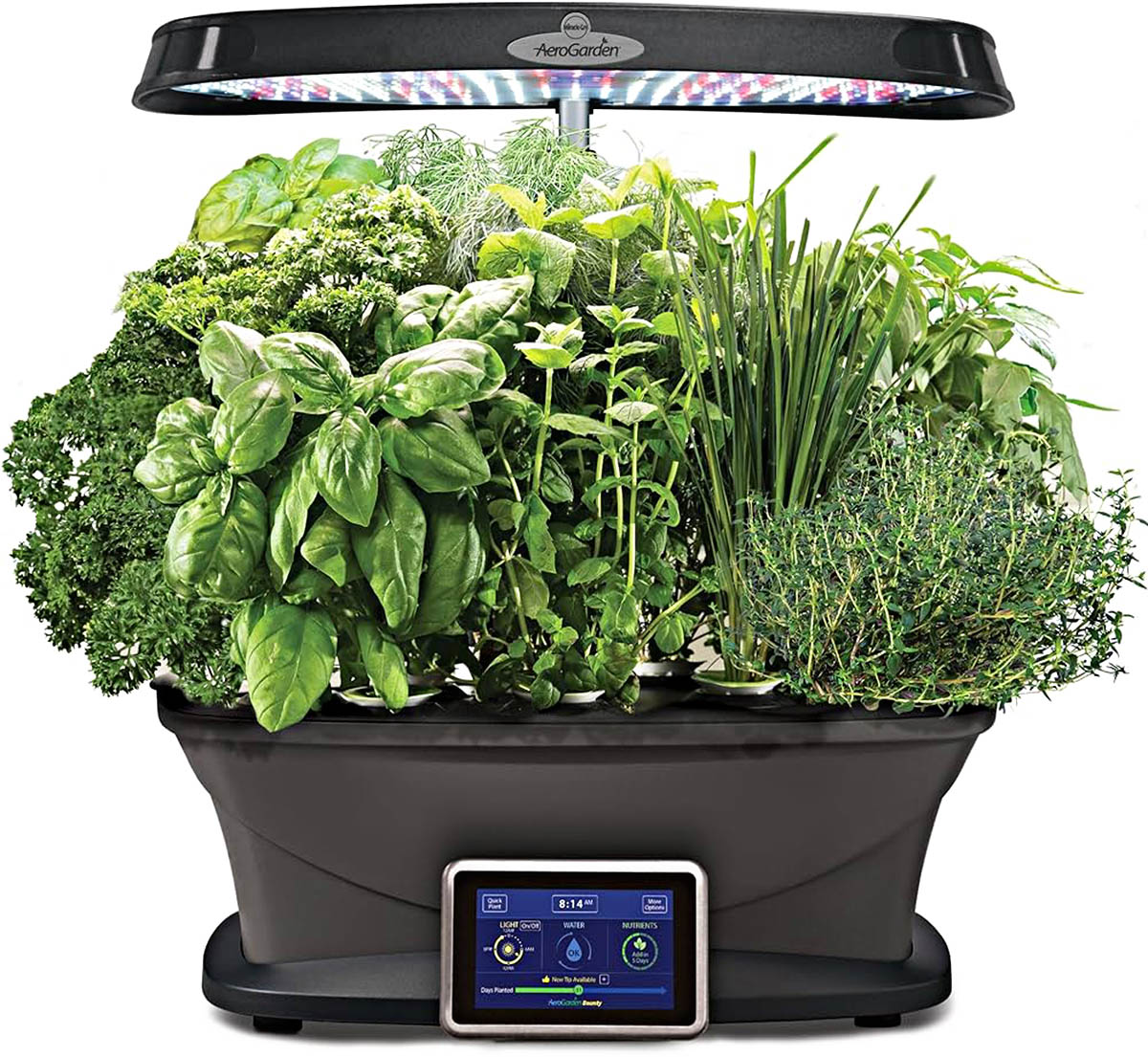

0 thoughts on “How Long For Snap Peas To Germinate”